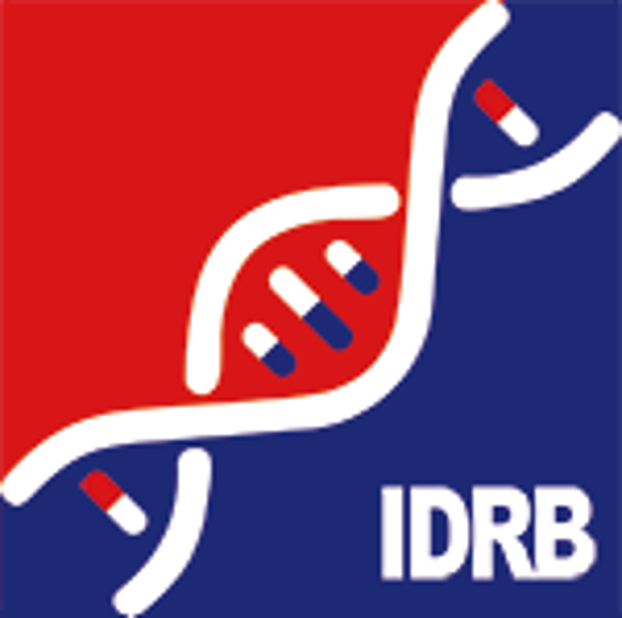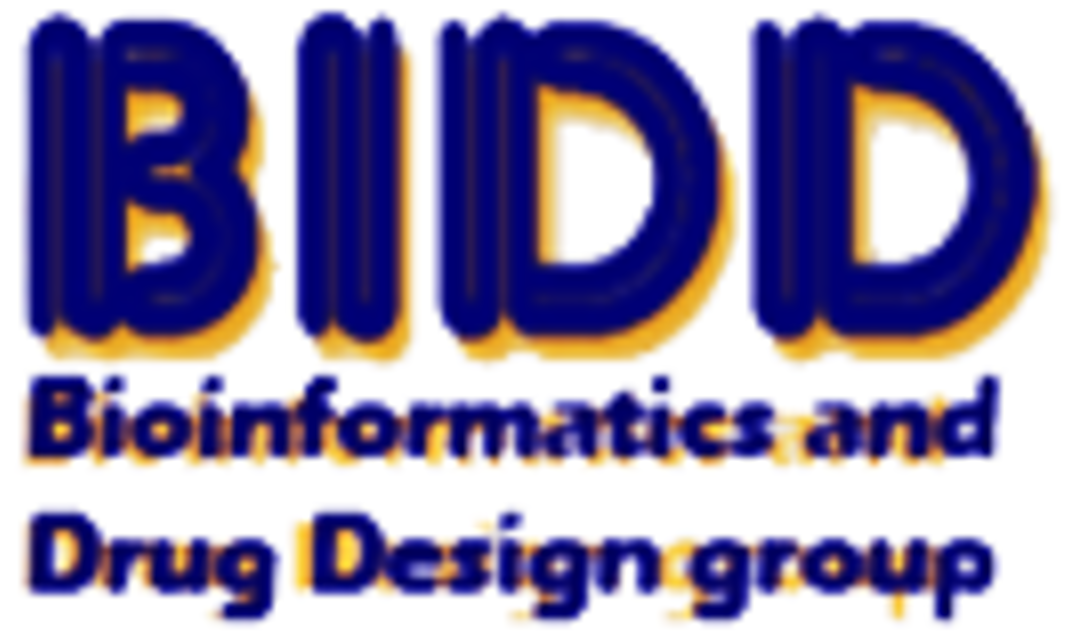| References |
Top |
| REF 1 |
The essential mitotic peptidyl-prolyl isomerase Pin1 binds and regulates mitosis-specific phosphoproteins. Genes Dev. 1998 Mar 1;12(5):706-20.
|
| REF 2 |
Function of WW domains as phosphoserine- or phosphothreonine-binding modules. Science. 1999 Feb 26;283(5406):1325-8.
|
| REF 3 |
The transcription elongation factor CA150 interacts with RNA polymerase II and the pre-mRNA splicing factor SF1. Mol Cell Biol. 2001 Nov;21(22):7617-28.
|
| REF 4 |
ERK1/2-dependent phosphorylation and nuclear translocation of PKM2 promotes the Warburg effect. Nat Cell Biol. 2012 Dec;14(12):1295-304.
|
| REF 5 |
WW domains provide a platform for the assembly of multiprotein networks. Mol Cell Biol. 2005 Aug;25(16):7092-106.
|
| REF 6 |
A directed protein interaction network for investigating intracellular signal transduction. Sci Signal. 2011 Sep 6;4(189):rs8.
|
| REF 7 |
Polo-like kinase 1-mediated phosphorylation stabilizes Pin1 by inhibiting its ubiquitination in human cells. J Biol Chem. 2005 Nov 4;280(44):36575-83.
|
| REF 8 |
Prolyl-isomerase Pin1 accumulates in lewy bodies of parkinson disease and facilitates formation of alpha-synuclein inclusions. J Biol Chem. 2006 Feb 17;281(7):4117-25.
|
| REF 9 |
The prolyl isomerase Pin1 restores the function of Alzheimer-associated phosphorylated tau protein. Nature. 1999 Jun 24;399(6738):784-8.
|
| REF 10 |
The prolyl isomerase Pin1 reveals a mechanism to control p53 functions after genotoxic insults. Nature. 2002 Oct 24;419(6909):853-7.
|
| REF 11 |
Role of Pin1 in the regulation of p53 stability and p21 transactivation, and cell cycle checkpoints in response to DNA damage. J Biol Chem. 2002 Dec 13;277(50):47976-9.
|
| REF 12 |
The prolyl isomerase Pin1 orchestrates p53 acetylation and dissociation from the apoptosis inhibitor iASPP. Nat Struct Mol Biol. 2007 Oct;14(10):912-20.
|
| REF 13 |
Pin1 down-regulates transforming growth factor-beta (TGF-beta) signaling by inducing degradation of Smad proteins. J Biol Chem. 2009 Mar 6;284(10):6109-15.
|
| REF 14 |
Pin1 promotes transforming growth factor-beta-induced migration and invasion. J Biol Chem. 2010 Jan 15;285(3):1754-64.
|
| REF 15 |
Toward an understanding of the protein interaction network of the human liver. Mol Syst Biol. 2011 Oct 11;7:536.
|
| REF 16 |
Pin1 is overexpressed in breast cancer and cooperates with Ras signaling in increasing the transcriptional activity of c-Jun towards cyclin D1. EMBO J. 2001 Jul 2;20(13):3459-72.
|
| REF 17 |
Multivalent Interactions with Fbw7 and Pin1 Facilitate Recognition of c-Jun by the SCFFbw7 Ubiquitin Ligase. Structure. 2018 Jan 2;26(1):28-39.e2.
|
| REF 18 |
Degradation of the tumor suppressor PML by Pin1 contributes to the cancer phenotype of breast cancer MDA-MB-231 cells. Mol Cell Biol. 2008 Feb;28(3):997-1006.
|
| REF 19 |
Promyelocytic leukemia protein controls cell migration in response to hydrogen peroxide and insulin-like growth factor-1. J Biol Chem. 2010 Mar 26;285(13):9485-92.
|
| REF 20 |
Mitogen-activated protein kinase extracellular signal-regulated kinase 2 phosphorylates and promotes Pin1 protein-dependent promyelocytic leukemia protein turnover. J Biol Chem. 2011 Dec 30;286(52):44403-11.
|
| REF 21 |
Implication of PMLIV in both intrinsic and innate immunity. PLoS Pathog. 2014 Feb 27;10(2):e1003975.
|
| REF 22 |
A proteome-scale map of the human interactome network. Cell. 2014 Nov 20;159(5):1212-1226.
|
| REF 23 |
The peptidyl-prolyl isomerase Pin1 interacts with hSpt5 phosphorylated by Cdk9. J Mol Biol. 2001 Sep 28;312(4):675-85.
|

